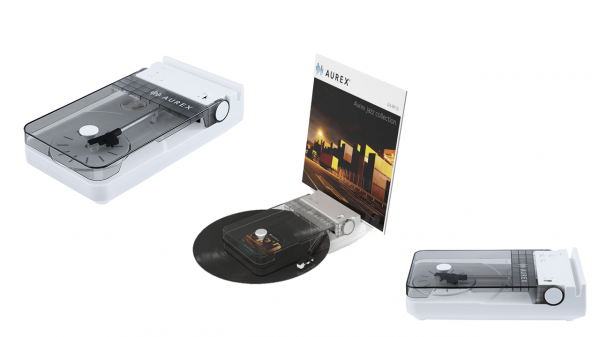A new broadcasting satellite for high definition television across the United States roared into space Sunday from a floating platform in the Pacific Ocean.
The commercial Sea Launch Zenit 3SL booster began the successful 60-minute ascent carrying the Galaxy 16 spacecraft at 3:50 a.m. EDT (0750 GMT) from a converted oil-drilling platform positioned in equatorial waters of the Pacific about 1,400 miles (2,253 kilometers) south of Hawaii.
The two Ukrainian-made lower stages of the rocket performed their firings to propel the Russian Block DM-SL upper stage and Galaxy satellite out of the atmosphere during the initial eight-and-a-half minutes of flight.
The upper stage then took over, completing an initial engine burn to reach a preliminary orbit less than 16 minutes after launch. The rocket coasted for a half-hour, flying over South America, before re-igniting for a five-minute firing to accelerate the payload into an elliptical geosynchronous transfer orbit with a high point of 22,149 miles (35,645 kilometers) and low point of 1,429 miles (2,299 kilometers).
Restraints holding the 10,229-pound (4,639-kilogram) satellite to the spent rocket motor were detonated over Africa, allowing $172 million Galaxy 16 to separate and begin its 15-year mission in space.
“Another great launch,” said Rob Peckham, president and general manager of Sea Launch. “We’re obviously delighted with today’s mission.”
The satellite will use an onboard engine to reach a circular geostationary orbit 22,300 miles (3,701 kilometer) above the equator where it can match Earth’s rotation and seem parked over one spot of the globe. That slot will be 99 degrees West longitude to cover the continental United States, Alaska, Hawaii, Canada and Mexico.
Once in service, the satellite will replace the Galaxy 4R craft currently in that orbital position. The satellites are operated by PanAmSat, which flies a fleet of two dozen spacecraft capable of reaching over 98 percent of the world’s population.
Galaxy 16 was built by Space Systems/Loral using the 1300-series spacecraft design. It is equipped with a communications package of 24 C-band and 24 Ku-band transponders for high definition TV broadcasts and corporate data relay services.
Customers of the satellite will include ABC, Comcast, FOX Broadcasting, Warner Bros., Buena Vista, Televisa, National Public Radio and Hughes Network Systems.
“We promised customers that we would have the most extensive and reliable neighborhood of satellites in the U.S. to deliver standard and HDTV television channels and Galaxy 16 expands on that reality. We’ve also promised shareholders to build satellites in a capital efficient manner and to launch them with our customers’ design requirements. And that’s exactly what we’ve done: Galaxy 16 takes over for Galaxy 4R and the satellite is nearly sold out,” said Joe Wright, PanAmSat’s CEO.
“Galaxy 16 is a broadcasters’ dream satellite. With its remarkable power and expansive footprint reaching from Maine to Alaska and Hawaii, it can deliver today and tomorrow’s technological advancements. In addition to providing the very clearest broadcast signal, this versatile spacecraft has the digital muscle to deliver IPTV, HDTV or VOD. Galaxy 16 is one blockbuster of a satellite for existing and emerging technologies.”
This is PanAmSat’s 43rd satellite since Galaxy 1 in 1983 and likely the company’s last launch before its merger with Intelsat.
It also marked the fourth time Sea Launch has deployed a PanAmSat payload, following PAS-9 in 2000, Galaxy 3C in 2002 and Galaxy 13/Horizons-1 in 2003.
“This is our fourth flawless launch,” Ken Lee, a PanAmSat vice president, told the crowd of VIPs monitoring the liftoff from Sea Launch Home Port in Long Beach, California. “Thank you very much.”
Keith
http://www.eHDMI.com
TV & Projector Mounts Coming Soon























